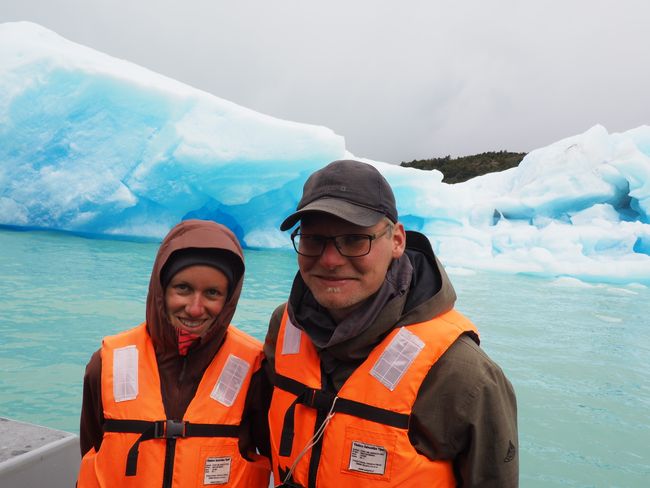San Pedro de Atacama - or: Where the pepper grows
La daabacay: 27.10.2018
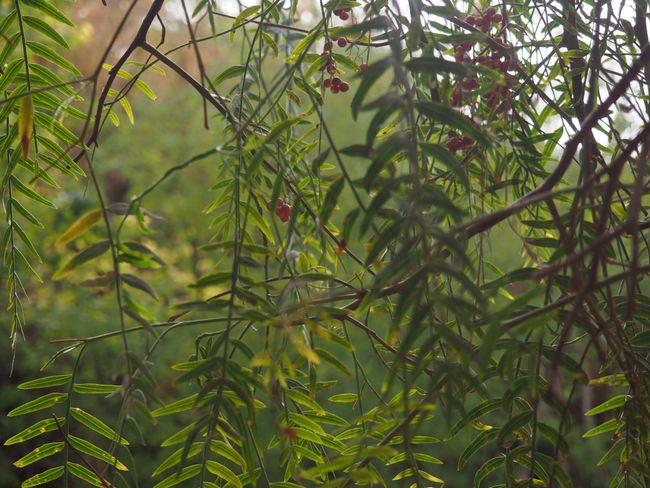
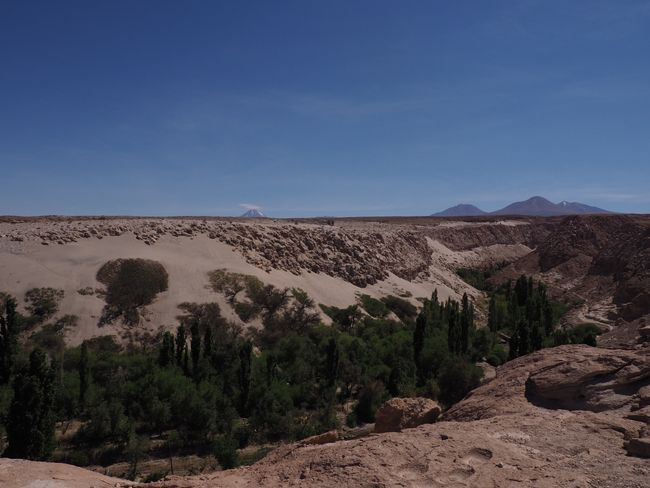
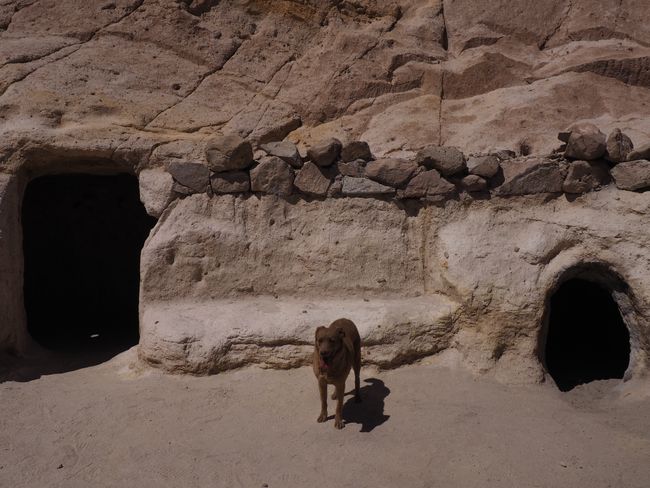
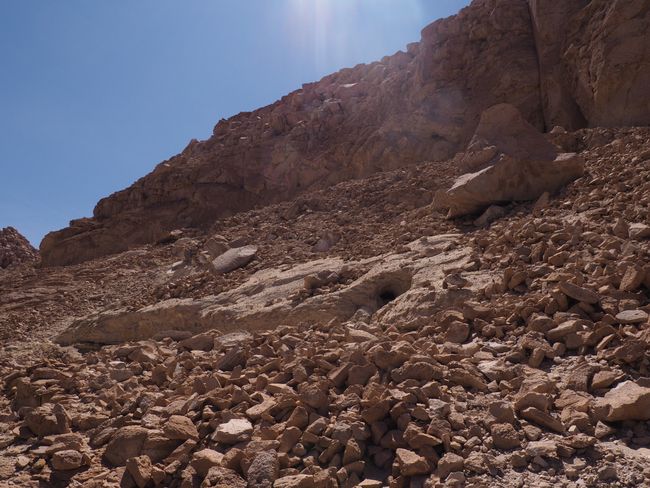
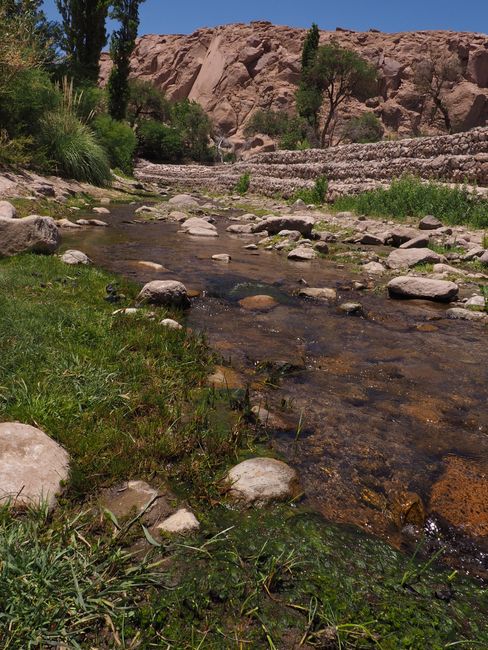
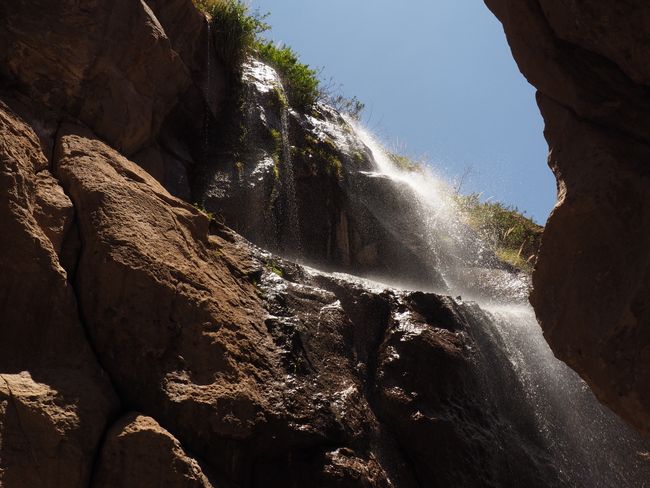
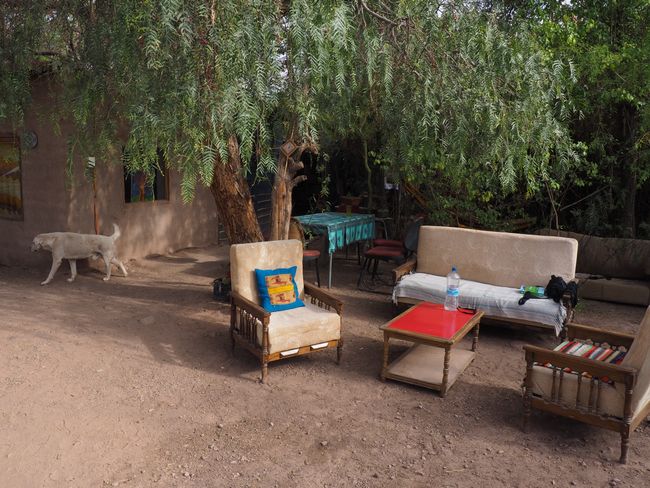
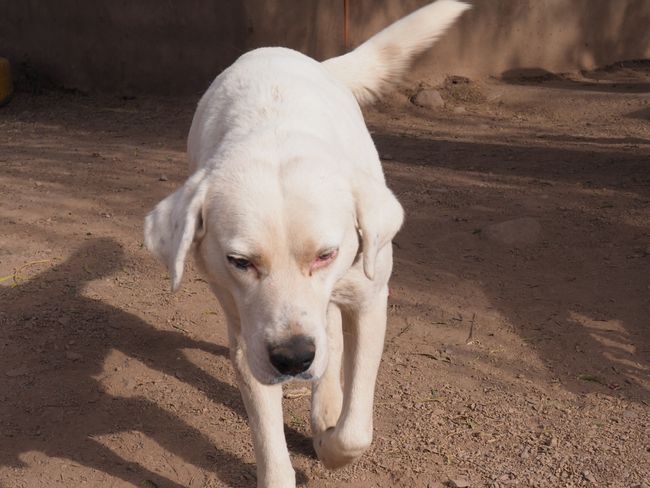
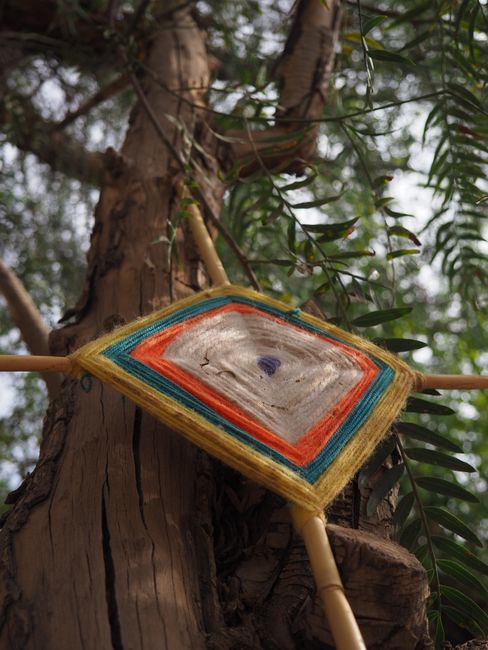
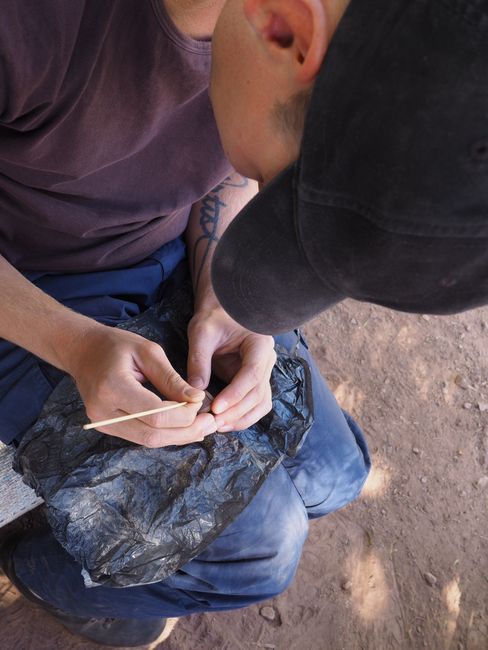
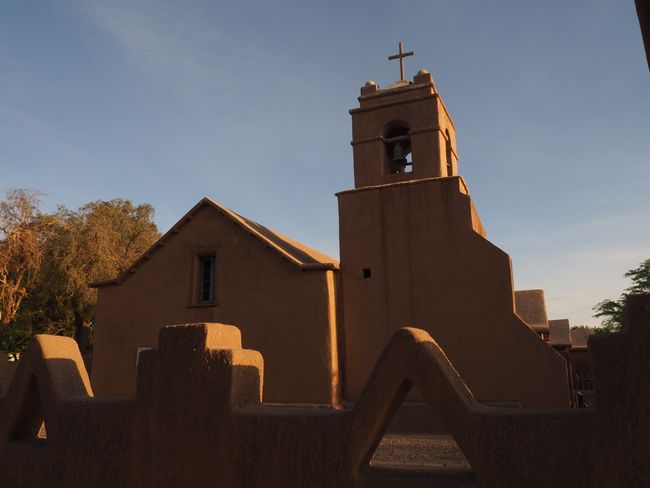
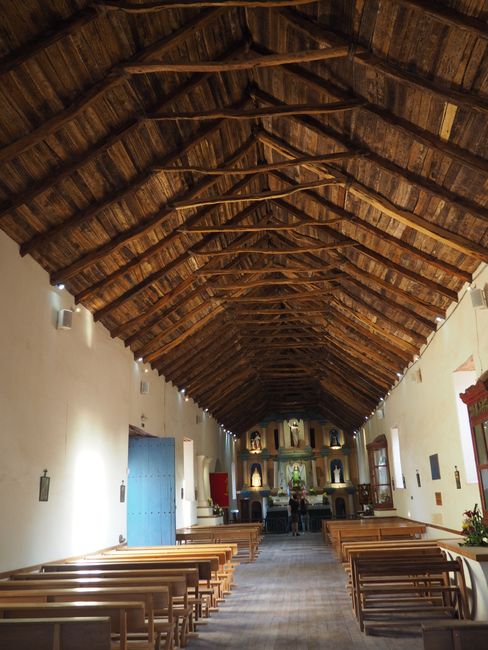
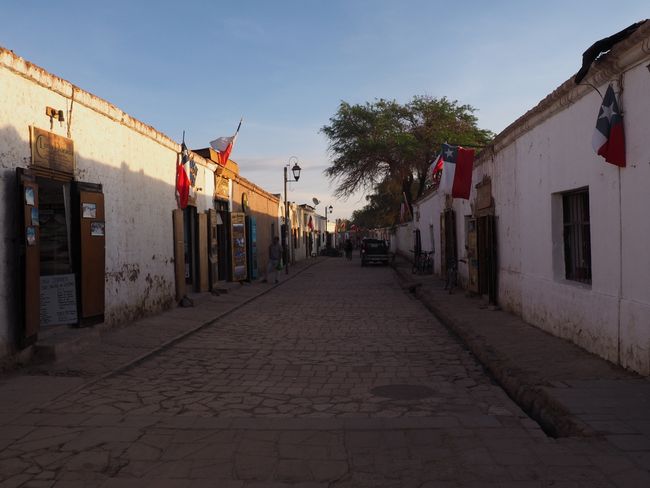
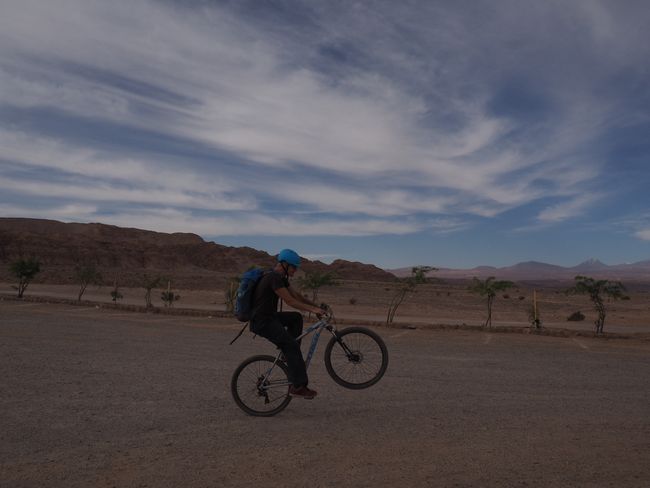
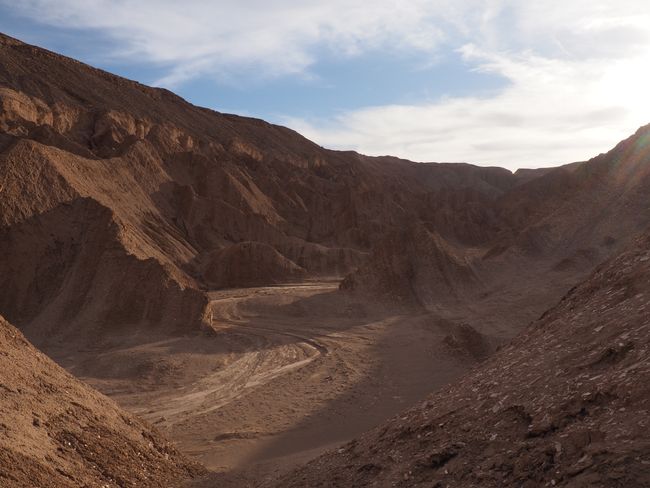
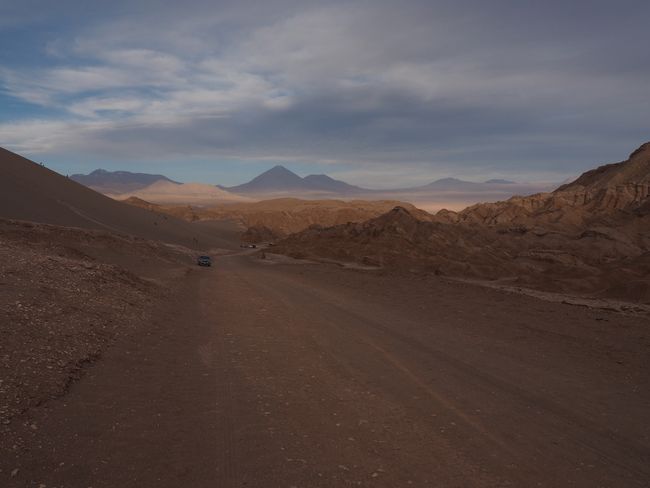
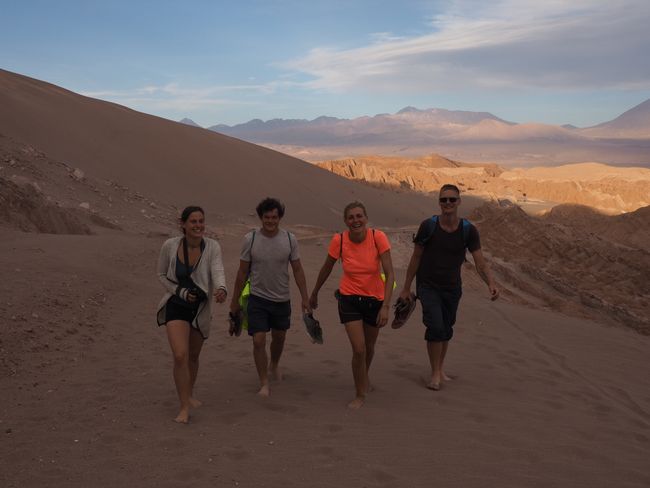

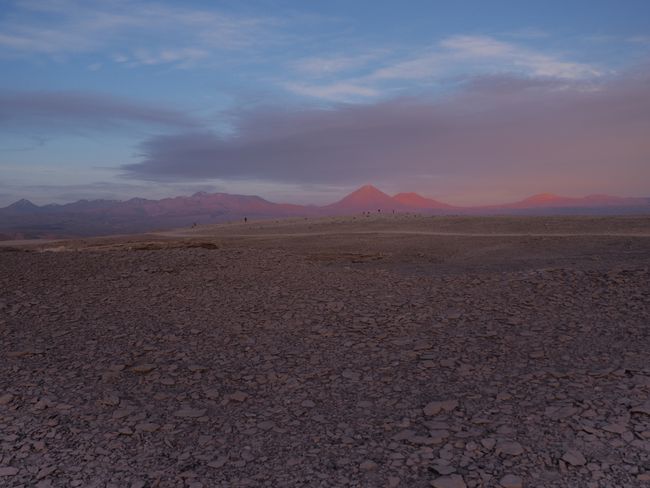
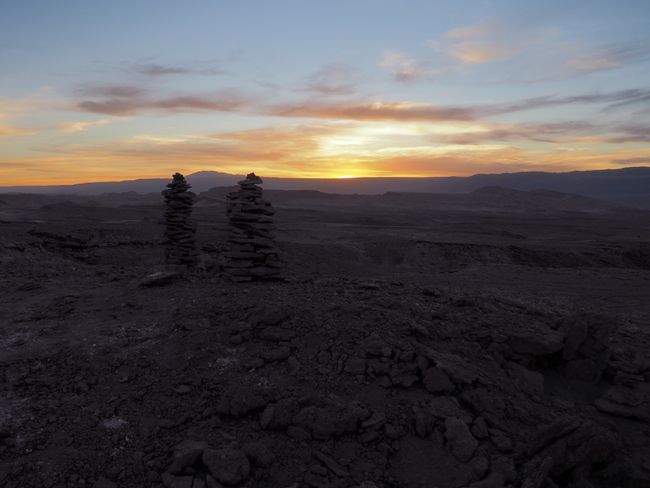
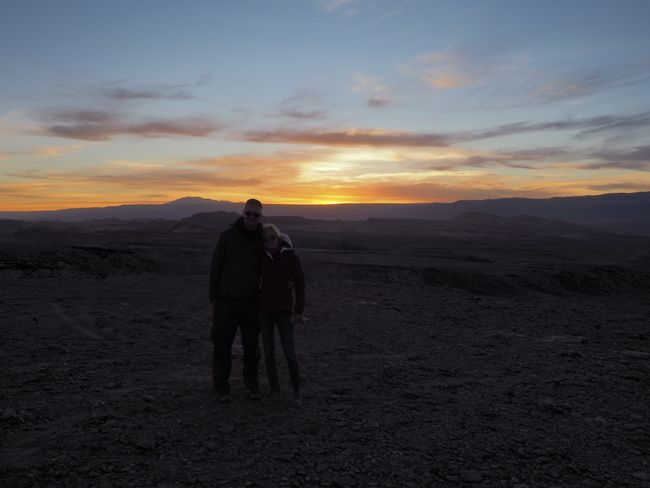
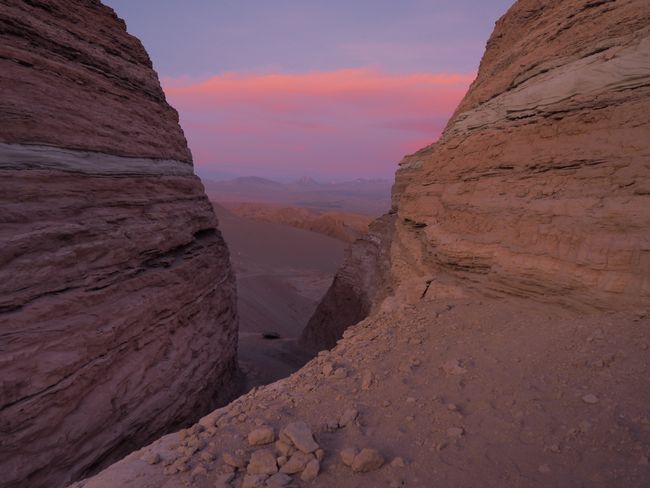
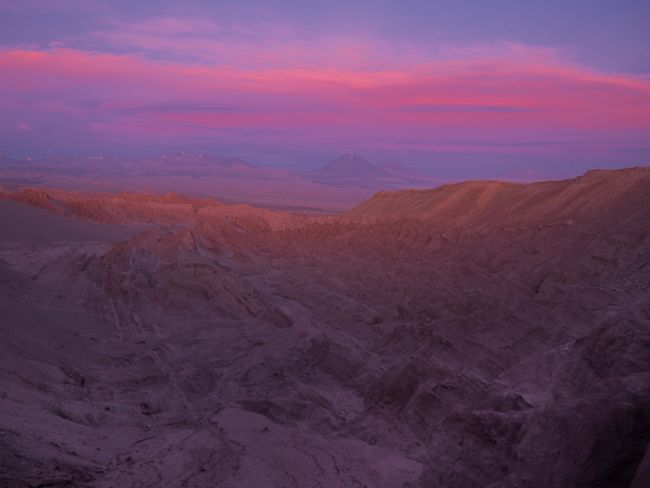
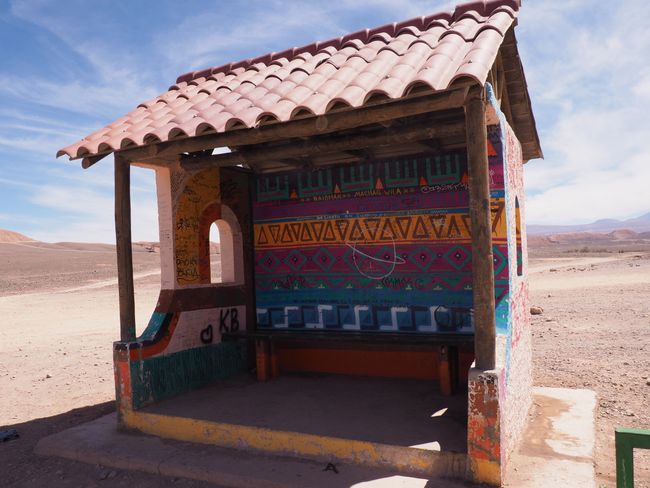
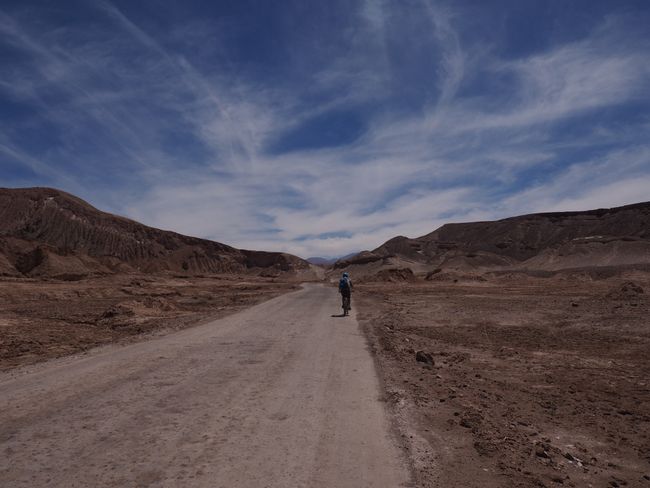
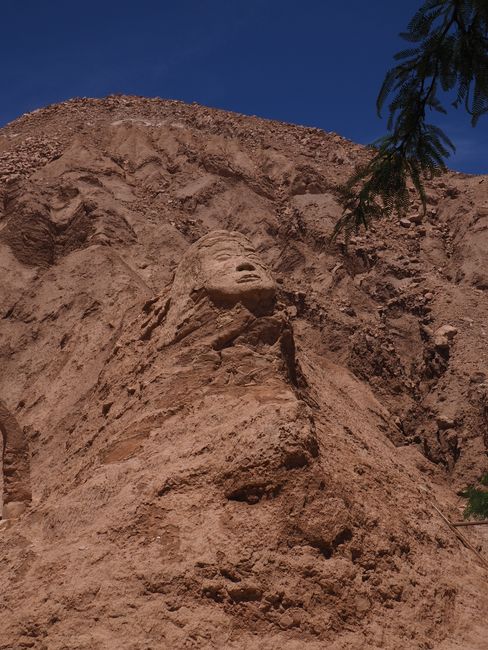
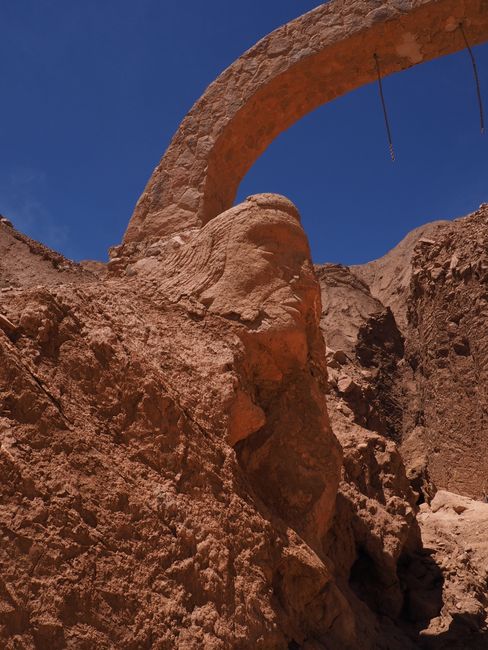
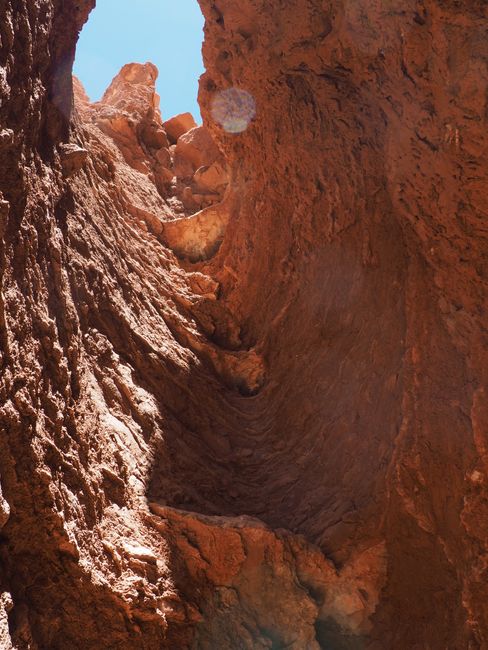
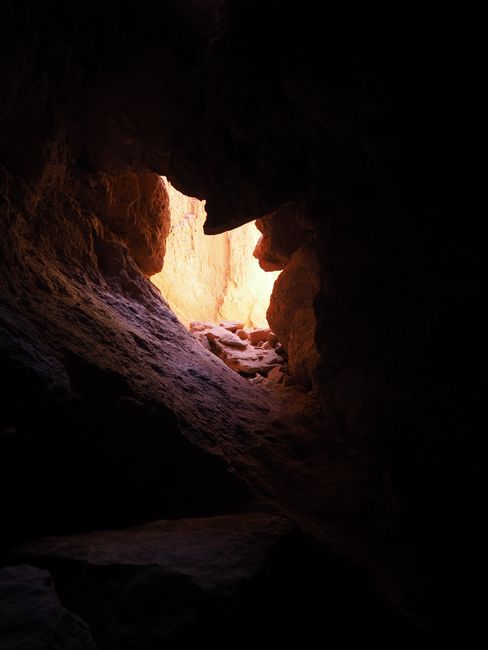

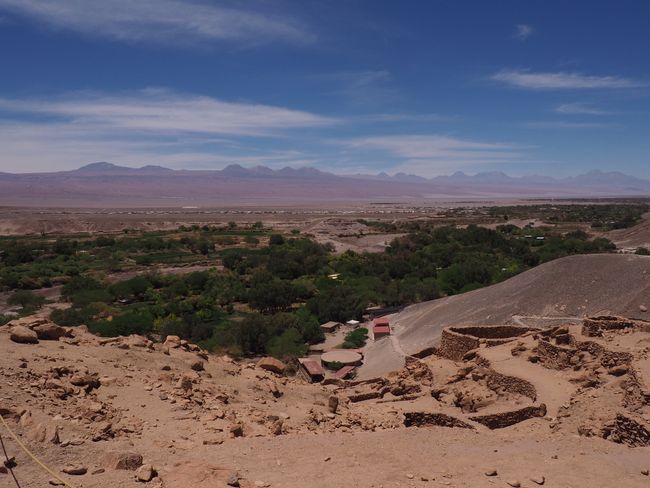
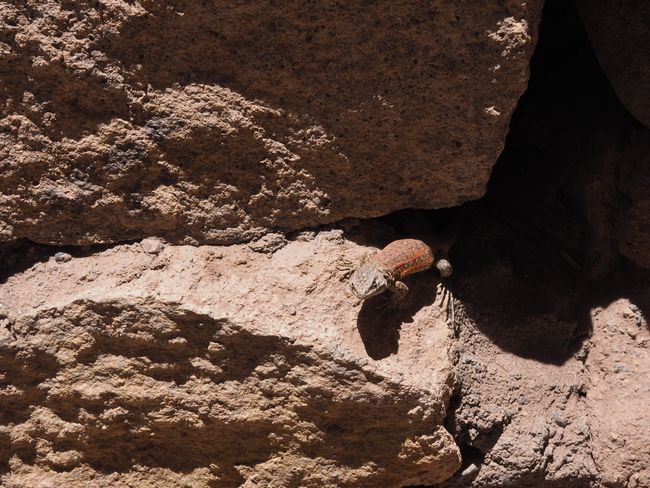
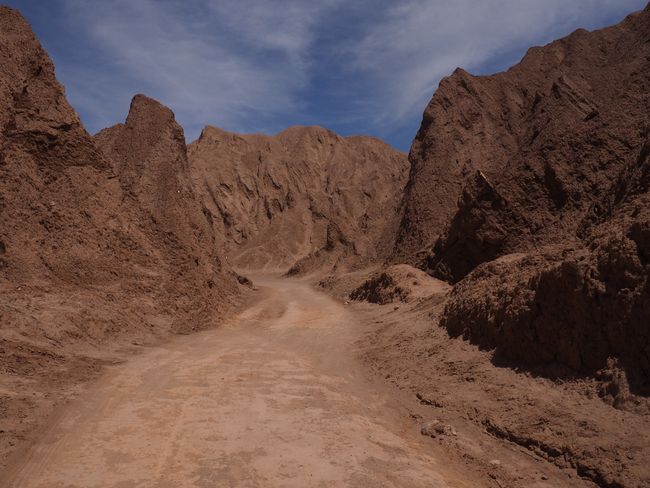
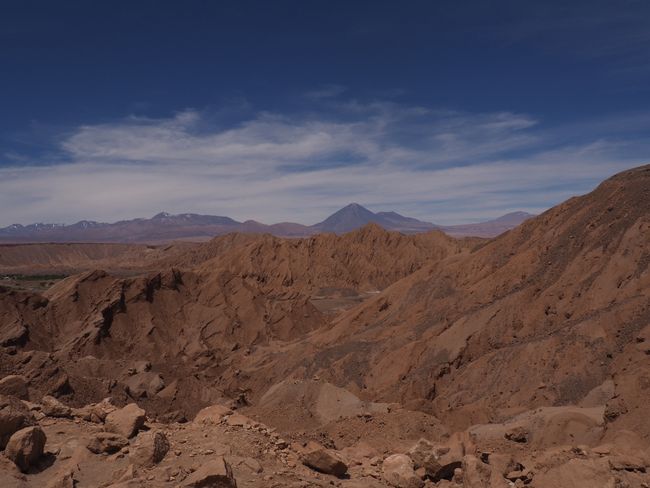
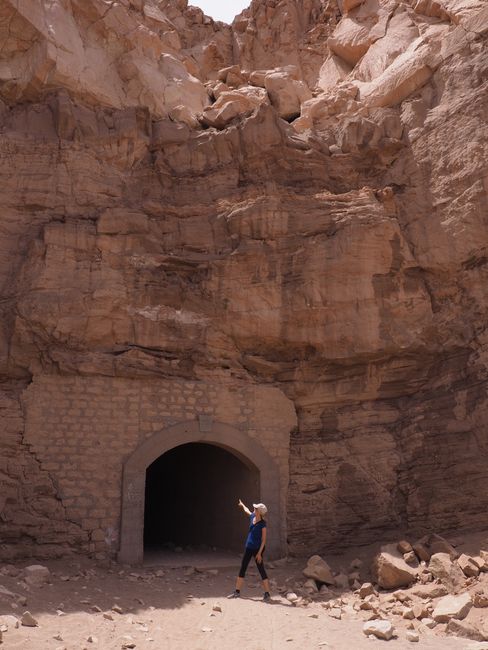
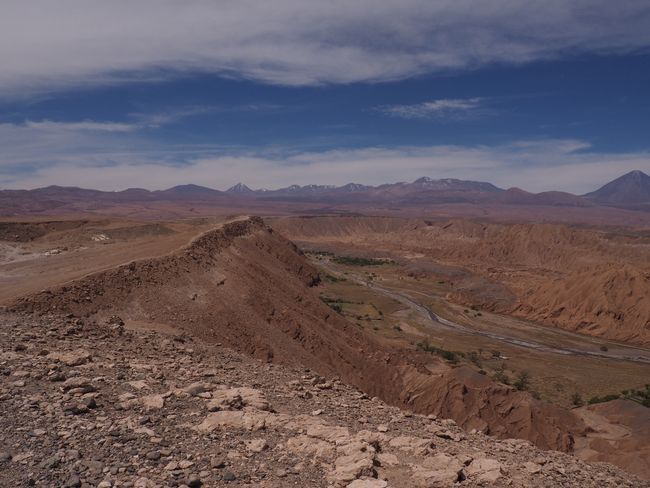
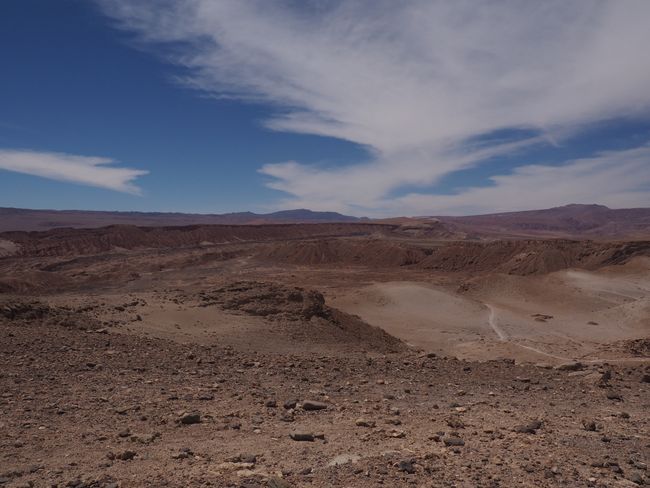

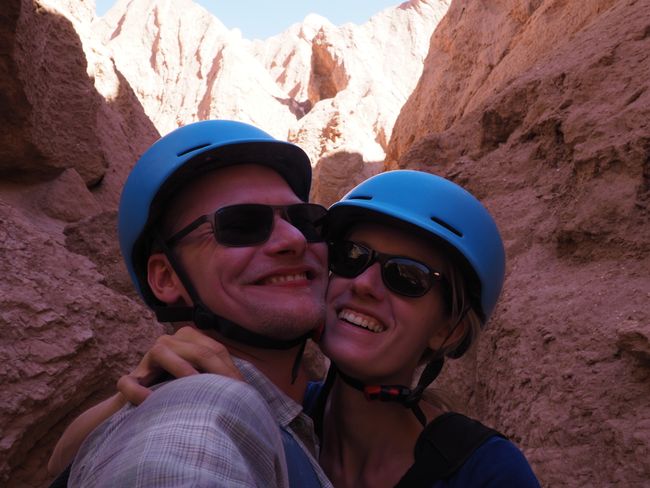
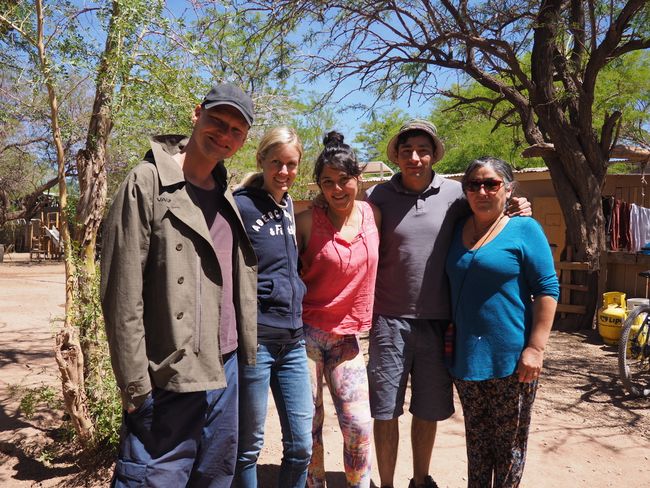
Ku biir Wargeysyada
The air is dry, the lips are chapped, breathing is difficult, and the sun sizzles from the sky.. This is it, the driest desert in the world - the ATACAMA.
Already on the way from the bus station in San Pedro de Atacama to the hostel, we quickly notice that breathing is surprisingly difficult with our backpacks on our backs despite the altitude of just under 2,500m. On the way, we pass through the bustling streets of the small town, which has changed a lot in recent years due to tourism. 10 years ago, there was not even electricity here, but today there is a restaurant, shop, or travel agency behind every door in the city center that offers tours to all the attractions in the area. Nevertheless, the place feels small and cozy.
Upon arrival at the hostel, we are greeted by the warm-hearted Angelica and the beautiful, but very hairy Blanco, who receives the first of many caresses. We really like the hostel, we have a large room with a double bed, private bathroom + two single beds, so Kajka and Tatonka (our backpacks) each have their own bed. But surprisingly, no matter how big the room may be and even with various tables and cabinets, our luggage seems to spread all over the room like magic when we open the zippers, resembling a small explosion. But no worries, because we will be spending the next 4 nights here! The garden is fantastic, with many trees, an herb garden, hammock, and kitchen. And there is even filtered drinking water coming out of a faucet! Here, on the couch under a large old pepper tree, we can relax for now.
In the following days, we get to know Angelica, her husband, and their 26-year-old daughter better, and they show us a lot about their culture. On the first day, we go on a hike to a green oasis with the daughter, and she tells us a lot about the nature religions that were once practiced here before the Spaniards came and expelled them. Today, only a few remain, and the old languages are also dying out, as it was forbidden to speak them until recently. She tells us that there are only 3 men left who speak the old indigenous language of this region, and they are 95, 96, and 97 years old. But they don't want to show that they can speak the language because they are afraid of being punished. Sad, but true. At the hostel, we also see the self-painted pictures by Angelica's husband and daughter, which he sells in the busy streets in the evenings. Jan has the opportunity to decorate a small pipe made by Angelica, and I have a sun-warmed volcanic stone placed on me, which is said to strengthen fertility (Angelica would be very happy if it worked :D). It is definitely very nice to experience so much of the family's life. AND: In the kitchen, we discover a fantastic-looking whole wheat bread, which is completely different from the typical bread in the minimarket. We learn that there is a woman who bakes exactly 4 of these breads per day, and they can only be ordered by phone, there is no store. And so we order 2 right away for the next few days, the best bread we have eaten on the trip so far!!
When we are not chilling in the garden and petting Blanco, we explore the absolutely fascinating landscape with borrowed bicycles. During the evening excursion to Valle de la Muerte (Death Valley), we come across other Germans and watch the sunset together. The next day, we visit a former fortress and the Devil's Gorge. It is somewhat surreal to cycle in this extreme environment, but it is great fun and the landscape is breathtaking! Even though cycling is at least twice as exhausting as in Germany. The dusty, dry air and the blazing sun are quite draining!
And so our last morning comes soon, before we continue by bus to Antofagasta, a stopover on the way to Chañaral. We might visit the national park there, but we haven't made much progress with further planning due to the somewhat slow internet at the hostel. And so it almost seems like fate when Angelica asks us 30 minutes before we have to leave if we also want to go to Chañaral. She has a good friend there, where we can safely stay, her husband is a fisherman in the bay in Pan de Azúcar National Park! Of course, gladly! Even before we can clarify details, she grabs the phone to call her friend (It turns out later that her friend rarely has cellphone reception and the call only went through because she happened to be in town at that moment). 'No problem, everything is settled!' she happily tells us and writes down the name of her friend and her husband on a piece of paper. We just have to show it to the taxi driver when we arrive in Chañaral, the people there know each other and they will take us to them. Well, it sounds like an adventure, but that's what we want. And so we say goodbye with a heavy heart and march (still breathing a little heavily) to the bus station, already looking forward to meeting Veronica, Angelica's friend.
Ku biir Wargeysyada
Jawaab
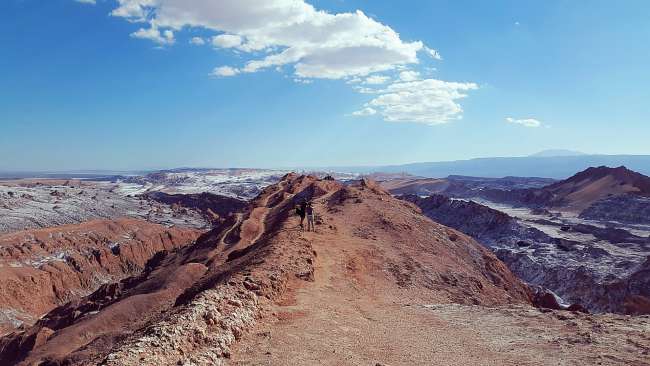
Warbixinaha safarka Chile

